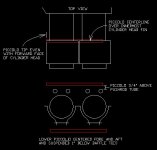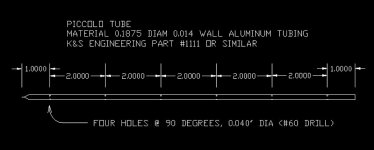Mark Wright
Member
Is it a straightforward process to measure the pressure differential in the cowling using a magnehelic gauge by connecting hoses to the top and bottom cowl, and is the positioning of the hose end within the cowl, as well as its direction, a crucial factor?







